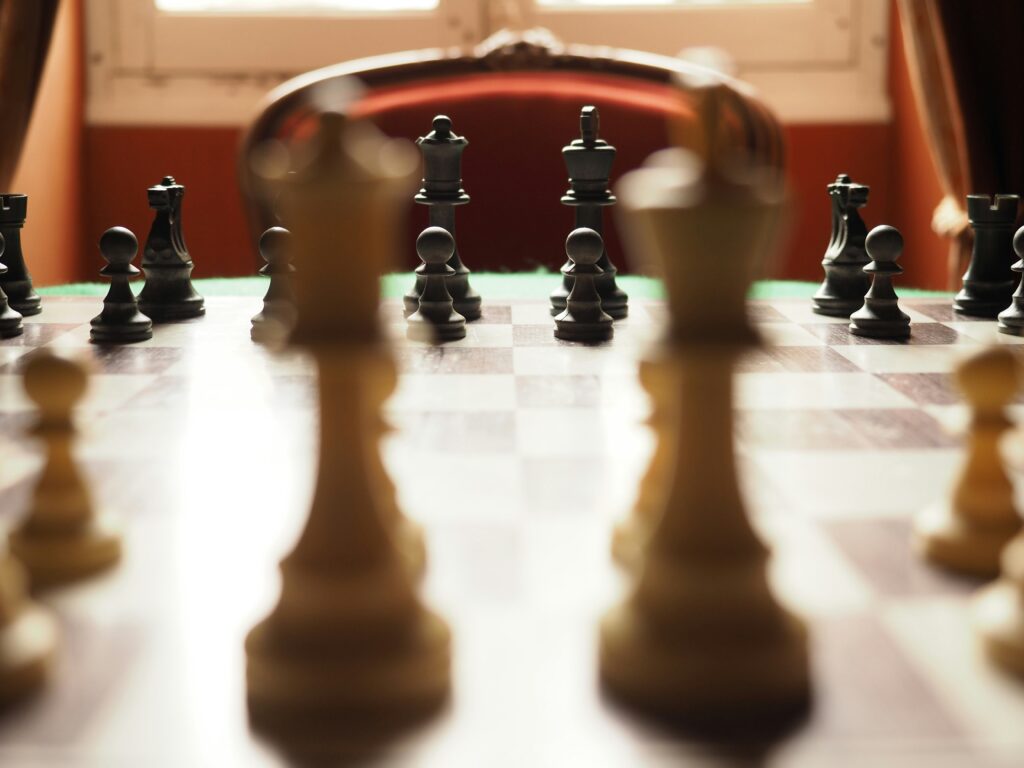Introduction: Why Game Mechanics Matter
There’s a clear line between playing the game and mastering it. Most players hit buttons. Masters pull levers. The difference? One understands the system beneath the surface. Game mechanics aren’t fluff—they’re the rules of engagement. Every jump, dodge, combo, and cooldown has a logic. Once you start seeing that logic, you stop reacting randomly and start choosing deliberately.
Performance doesn’t start with better reflexes. It starts with better understanding. If you know how a hitbox really works, you stop whiffing shots. If you understand stamina regen curves, you don’t run out at the worst time. Mastery begins when you stop asking “what happened?” and start seeing “why it happened.”
In a competitive space where margins matter, knowing the system beats brute force. The smartest players win not because they’re faster—but because they’re in control. They see the mechanics, then they bend them. That’s where real performance gains live.
Core Game Mechanics Explained
In every competitive game, success runs through three core mechanics: how you move, how you manage what you’ve got, and how you decide what’s worth the risk. Master these, or get left behind.
First, movement. It’s not just about going from point A to B. Great players time their rotations, control angles, and use momentum to stay one step ahead. Map awareness is crucial—when you know where fights will break out, you’re there first or avoiding them entirely. It’s rhythm and instinct, built through reps and smart positioning.
Next, resource management. Whether it’s health, mana, ammo, or cooldowns, everything has a cost. Dump your abilities too early, and you’re empty when it counts. Hoard too long, and you never swing the fight in your favor. The best players treat resources like chess pieces—always thinking two moves ahead, always calculating ROI.
Finally, risk vs. reward. Every push, flank, or chase is a bet. Smart gamers weigh the upside against worst-case scenarios and act fast. Playing scared leads to missed windows. Playing reckless costs rounds. Precision under pressure—that’s the sweet spot.
Break these mechanics down, study them hard, and practice with intention. The flash will come later. This is the foundation.
Reading the Meta
Mechanics aren’t static. They evolve with every patch, and if you’re not paying attention, you’re already behind. Developers tweak cooldowns, shift movement dynamics, nerf overpowered items, and buff underused skills—all in an effort to keep the game balanced. But balance isn’t balance for everyone. It’s disruption. And knowing how to read that disruption is where smart players get ahead.
Patch notes are more than maintenance logs—they’re blueprints for what comes next. Hidden in those updates are chances to experiment, to exploit changes before the herd catches on. A slight increase in speed here or a cooldown reduction there can flip an entire strategy on its head. That’s why pro players treat each patch like a playbook. They test faster, adapt quicker, and use the chaos to separate themselves from the pack.
If you’re trying to improve, don’t just skim summaries. Dig in. Ask what’s changed, why it matters, and how it connects to your role or character. Watch what high-level players are doing post-update. New balance equals new opportunities—for those paying close enough attention.
Adapting Your Playstyle
Shifting from simply reacting in the moment to anticipating and responding with purpose is one of the marks of an advanced player. To adapt your playstyle effectively, you need to internalize game mechanics and refine your decision-making instincts.
From Reactive to Proactive
Most players start out reacting to what happens on screen. But pro-level performance comes from pattern recognition and situational foresight.
- Spot recurring loops in opponent behavior or game flow
- Predict next moves based on map awareness and timing cues
- Make informed choices that shape the match—not just survive it
Build Instinct Through Repetition
Proactive players rely on finely tuned instincts. This only comes from repetition—specifically, the right kind of repetition.
- Muscle memory drills: Practice mechanical skills till they become second nature (e.g., aim tracking, movement combos, resource cycling)
- Mental reps: Watch gameplay scenarios and predict outcomes before they happen
- Practice under pressure: Train in environments that mirror competitive intensity as closely as possible
Turn Knowledge into Strategy
Knowing the mechanics isn’t the end—it’s the beginning. The next step is converting that into winning strategy.
- Recognize how a mechanical strength (like better accuracy or quicker decision-making) opens up new tactics
- Use game systems to exploit weakness in opponents’ patterns
- Start playing the “game within the game”: outthinking before outplaying
Related read: Adapting Strategies to Excel in Competitive Play
The path from reactive player to strategic leader begins with awareness—and grows through intentional practice.
Practicing with Purpose
You won’t improve by just playing more. You get better by practicing the right way. That starts with breaking the game down into single mechanics and drilling them in isolation. Want better aim? Stop chasing full matches—just grind aim maps. Struggling with resource timing? Run through early-game builds solo. Strip the game down to its moving parts.
Next, study your past play. Pull up replays. Look for key moments: what did you do right before you won that fight? What broke down when you lost it? Don’t just watch—analyze. Replay breakdowns tell you what your instincts are doing when nobody’s looking. That alone can unlock another layer of performance.
Finally, build a feedback loop. Record, review, sharpen. Feedback isn’t just about hearing what’s wrong—it’s about seeing patterns in your own habits and correcting them. Dial that in, and improvement stops being random. It becomes mechanical, predictable, and repeatable.
Conclusion: The Art and Science of Mastery
Mechanics aren’t just background noise—they’re the engine under the hood. If you don’t understand them, you’re playing off instinct and luck. But once you do, everything changes. You stop reacting, start dictating. You recognize frames, cooldowns, hitboxes—not as limitations, but opportunities.
Grinding doesn’t mean progress. Endless hours without insight just builds bad habits. What works better: honest feedback, tight focus, and learning the cause behind every result. Elevate your clarity, and performance follows.
And here’s the truth: every system can be bent. Not cheated—bent. Great players don’t just learn the rules, they learn where the rules flex. That’s how they make moves that look effortless. Know the mechanics. Own your edge. Then reshape the game to fit you.




